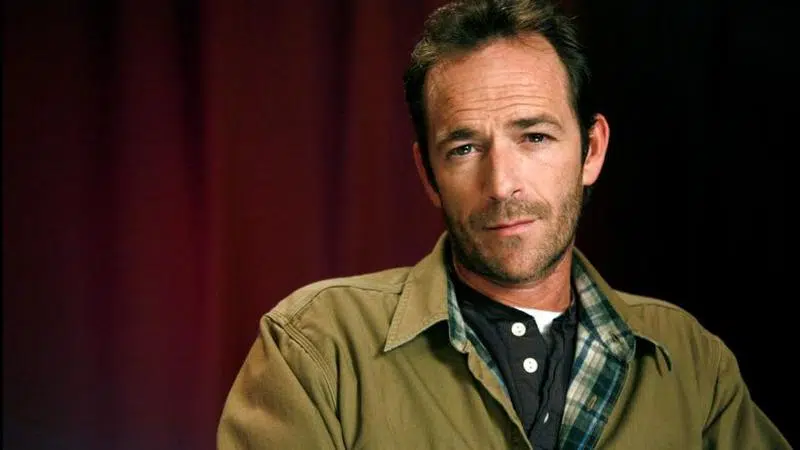
FAST action is required for diagnosing a stroke
The recent death of actor Luke Perry has increased the focus on strokes.
Perry, 52, died Monday after suffering a massive stroke five days earlier.
Dr. Brett Graham, a stroke neurologist with the Saskatchewan Health Authority, appeared on Gormley earlier this week to discuss what people should watch for when it comes to strokes.


